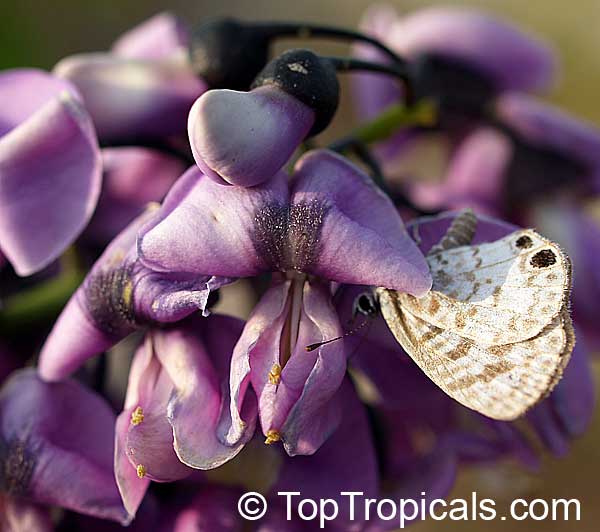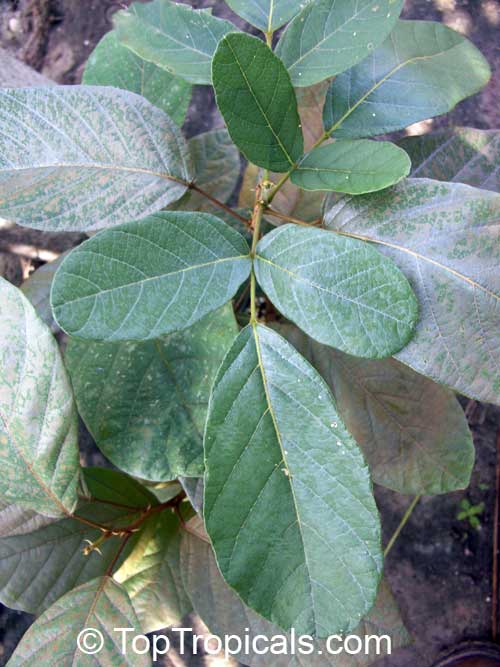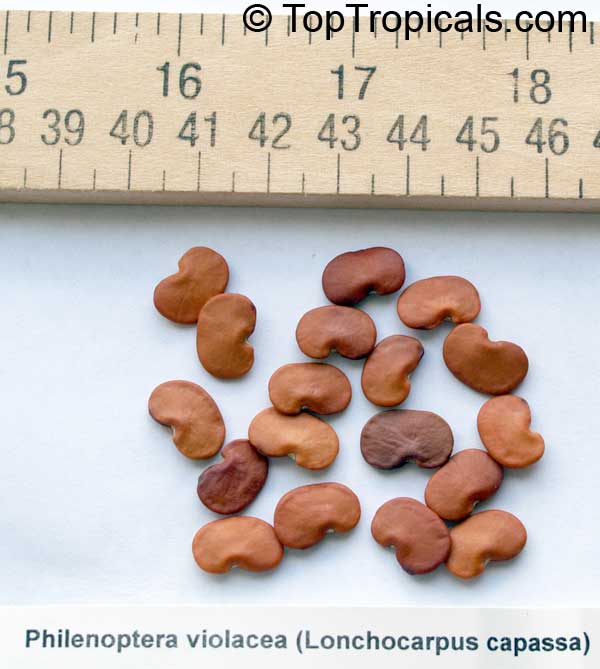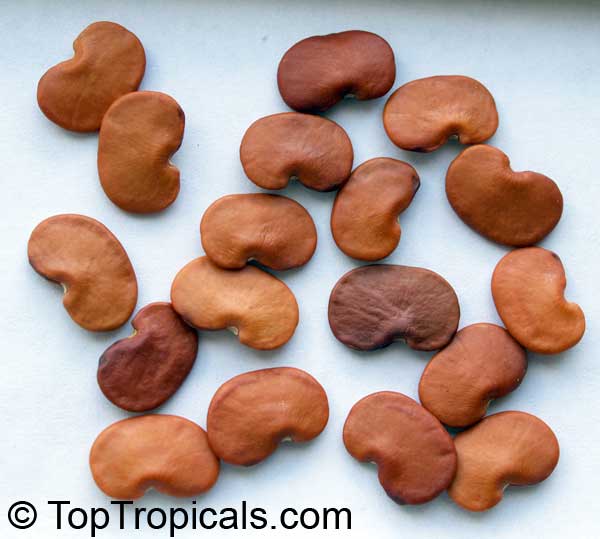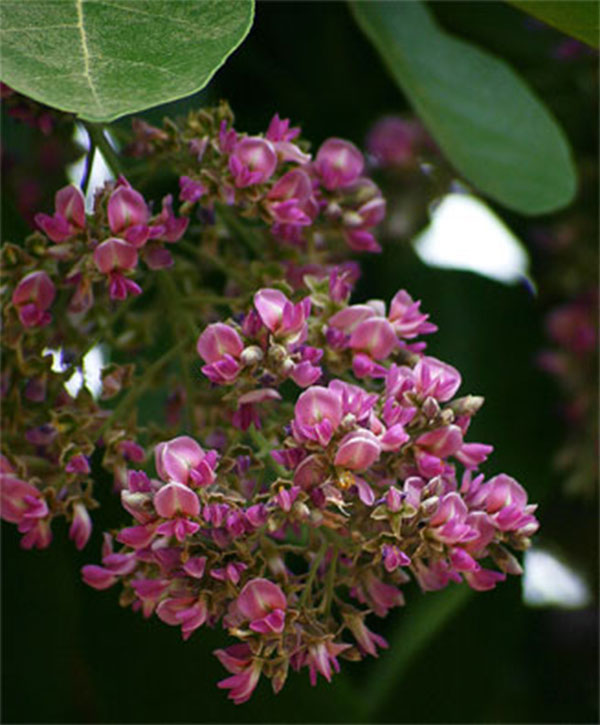Philenoptera violacea (Apple Leaf)
Top Tropicals Plant Encyclopedia
Botanical names: Philenoptera violacea, Lonchocarpus capassa, Capassa violacea
Common names: Apple Leaf, Rain Tree, Mupandapanda, Mupanda Panda, Mopororo
Family: Fabaceae
Subfamily: Faboideae
Origin: Tanzania to Namibia









The apple leaf tree is an ethnomedical plant native to Tanzania and Namibia.
Philenoptera violacea (Apple Leaf) is an attractive small tree that grows to a height of 10-20 feet and can spread 12 to 20 feet wide. The beautiful canopy is made up of fern-like deeply divided leaves that are bright green in color. During the summer months, the Apple Leaf produces an array of stunning flowers in shades of pink, blue, lavender and purple. The flowers have a pleasant, light fragrance and attract butterflies and hummingbirds as well.
The Apple Leaf is easy to care for and requires full sun and regular water. This tough tree can tolerate a variety of soil types and can usually survive short periods of cold weather, down to temperatures of at least 30ËšF. Therefore, it can be grown in USDA hardiness zones 9-11.
For colder regions, Apple Leaf can still be grown in a pot and brought indoors during winter. To keep it healthy, the tree should be repotted with fresh soil each spring and should be watered regularly, making sure to let the soil dry out in between watering sessions. Additionally, it's important to fertilize the plant twice a year in Spring and late summer. Pruning should be done in early summer to shape the canopy and increase flower production.
Apple Leaf is an eye-catching and beneficial addition to any garden. With its brightly-colored flowers and sweet scent, it's sure to attract many admirers. Moreover, for gardeners toting a green thumb, its easy-care nature and resilience make it an excellent tree even for novice gardeners.
